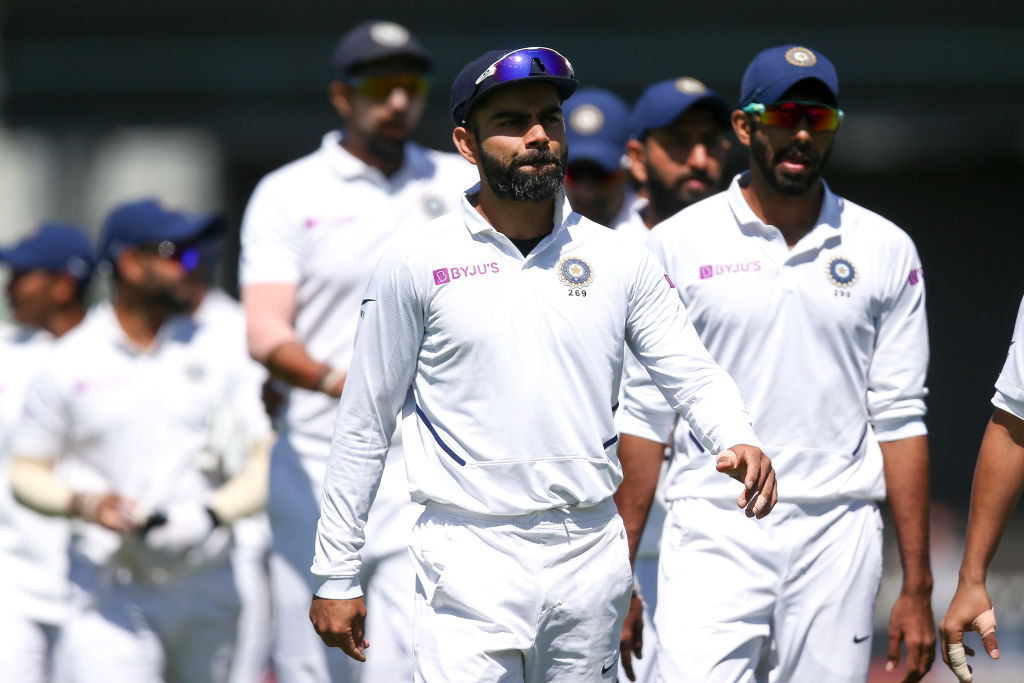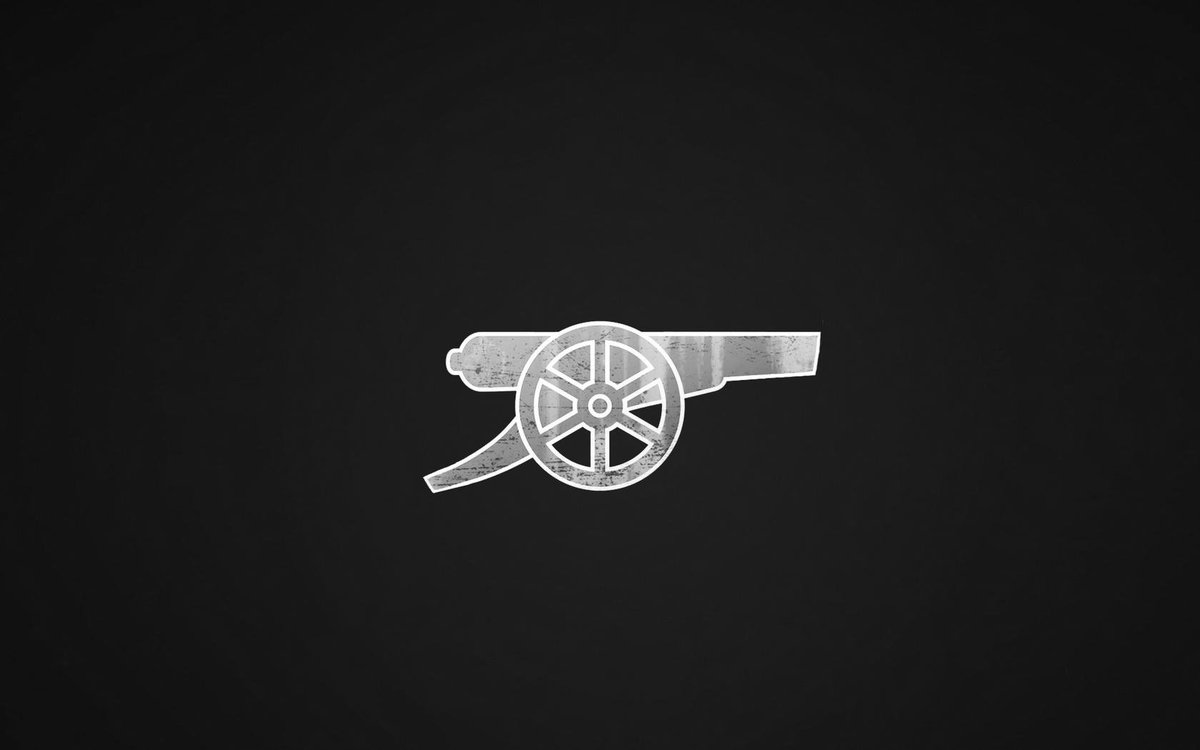The Gameplan | How India can target Smith-Labuschagne and end Australia’s pink-ball juggernaut
Seven games, seven wins: if there’s one format where you simply do not want to mess with the Aussies, it’s pink-ball Tests. India exactly know what they’re up against, having just played one day-night Test in their history, but they could yet cause an upset should the stars align.

Before we get to the Smith-Labu dissection, a bit of general information.
Where are India and Australia playing on Thursday?
The Adelaide Oval
What’s Australia’s record in Day-Night Tests at the Adelaide Oval?
Played 4, Won 4.
Game 1: Beat New Zealand by 3 wickets (2015)
Game 2: Beat South Africa by 7 wickets (2016)
Game 3: Beat England by 120 runs (2017)
Game 4: Beat Pakistan by an innings and 48 runs (2019)
How did India fare in their only Day-Night Test?
India beat Bangladesh by an innings and 47 runs in their one and only Day-Night Test match which was played at the Eden Gardens in Kolkata in 2019.
What is India and Australia’s H2H record at the Adelaide Oval?
Australia lead the H2H between the two sides at the Adelaide Oval 7-2.
However, narrowing this number down a bit, since 2003, the H2H between India and Australia at the Adelaide Oval reads 2-2 in 5 Tests, with India winning the most recent encounter in 2018.
None of the aforementioned Tests were day-night Tests, but the Adelaide Oval has been India’s happiest hunting ground Down Under.
And now we get to the main plot…….
The Gameplan
Problem-child 1: Removing Steve Smith
The number one batsman in the world; the best since Bradman; 7 centuries in the last 8 Tests against India. The one man capable of scoring more runs in the series than the entire Indian squad put together.
How can they stop him?
By pouring oil in his hotel room and hoping he slips and worsens his sore back. Seriously, though, if the answer to stopping Steve Smith was as simple as a one or two point summary, he wouldn’t be averaging 63 in Tests, nor would he have hit 7 tons versus the Indians. But that said, there are a few things that India can try, which we will be going through now.
Employ a leg-slip
India employed this tactic in 2014 and succeeded, although the success rate was 12.5% (1/8 innings) and Smith scored 769 runs in total. Ignoring the downside, it is not a bad tactic. Smith loves a wee clip off his hips to steal runs and many a time in the past he’s found the hands of the leg-gully/leg-slip. The most recent of it was the second innings of the fifth Ashes Test last year, where he clipped a harmless Stuart Broad trundler straight to Stokes at leg-gully. There are no guarantees and the plan may very well fail - India won’t be the first team if it does - but pursuing the plan with intent and purpose will do no harm. Worth trying out, particularly in the first match of the series.
Bombard him with short balls - follow the Neil Wagner template
Smith could play mind games and play down the threat of the short ball, but what Neil Wagner did to him is out there in the open; we all saw him struggle against the short stuff, right in front of our eyes. Whether India have a Wagner who can bowl 60 consecutive short balls without tiring or straying away from the original plan is a question but Bumrah, in a brief burst on Day 3 of the SCG warm-up game, showed he would be one tough customer to handle if he decides to rough up the batsman from around the wicket. Ask Jack Wildermuth, he will tell you. This is a tried-and-tested plan that, if executed properly, could work. But here’s the catch: we all were told Smith ‘struggled’ in the New Zealand Tests, but he averaged 43 and struck 2 fifties in 5 innings. Getting this guy out ‘cheaply’ is a next to impossible task.
Other important pointers
a) Since 2016, Smith averages just 29.2 against left-arm spinners, and has been dismissed by them 16 times, four more than any other bowler type. Smith averages 37.75 against Jadeja (4 dismissals), so using the left-armer - in the case of him being fit - might be a punt worth taking, even with the pink ball.
b) Smith averages 112 in Tests vs Mohammad Shami, and 65.5 vs Umesh Yadav, although Umesh has dismissed him 4 times. Smith is, however, yet to face Jasprit Bumrah in the longest format. His best numbers, though, are against R Ashwin, against whom he averages an astonishing 116. Perhaps further incentive for India to not go with Ashwin at least in Adelaide.
c) Smith’s average drops to 45.45 in pink-ball Tests; they are not his forte. He has struck just 1 ton in 11 innings and his last 5 pink ball scores read 40, 6, 36, 43 and 16.
Problem child 2: Removing Marnus Labuschagne
Since his rebirth, Marnus Labuschagne averages 83.26 in Test cricket. This includes 4 centuries and 7 fifties in his last 15 innings, including a double century at the SCG versus New Zealand.
How can India stop him?
Again, whatever is going to be suggested here will be a stretch - no team has figured out a definitive way to dismiss Labuschagne. That he’s only played 14 Tests also means that the sample size that’s available to work with is really, really low. However, there is one viable ploy that the Indian bowlers can attempt to use as their go-to weapon in order to get the better of the Queenslander - aiming to constantly hit his pads.
It is a undoubtedly silly-looking suggestion. Only four times in his career he’s been dismissed LBW, not once since the conclusion of the Ashes. Yet Labuschagne has, nevertheless, showed that at times he could be a serious candidate for leg before.
The English have executed this ploy well, although not as perfectly as they would have liked to. Last Ashes, they managed to trap Labuschagne leg-before thrice in the span of five innings, and also got him out LBW twice in the three-match ODI series in September. A Steve Smith prototype who loves to, again, move across his stumps, Labuschagne exposes his stumps often, making him an obvious candidate for LBW. The challenge for the bowlers is indeed to nip the ball back and hit the pads, as Labuschagne’s hand-eye coordination is arguably only second to Steve Smith in the entire world.
Labuschagne struck two centuries in his first two Shield innings’ this season, but he exited the tournament having been dismissed LBW thrice in his last four digs. Versus New South Wales - against whom he struck one of the two tons - Trent Copeland trapped him in front in both the innings using the nip-backer. The Queenslander was found falling over to the off-side, and that eventually resulted in his demise.
The ideal candidate to hit Labuschagne’s pads, from an Indian perspective, one would imagine, would be Mohammad Shami. Few can seam the ball back into the right-hander as sharply as Shami and it is a weapon he has used to skittle out batsmen throughout his career.
It is, however, a fantasy ploy which could very well end up being of no use. Only once in Tests at home he’s been dismissed LBW, and that came way back in 2018, when he was not ‘The Marnus’.
Other pointers
a) Marnus Labuschagne has been ridiculously strong against spin thus far in his Test career. He’s averaged over 80 against every type of spinner, and his overall average versus spin stands at 93.33. Thus trying to outwit him with Ashwin might not be the wisest of options.
b) Barring the LBW, Labuschagne also has the tendency to expose his gates and get bowled - 3 of his last 7 dismissals in Test cricket have been bowled. However, more than a technical deficiency, this likely has to do a lot more with lapses in concentration. In the innings in which Labuschagne has been bowled, he’s scored 67, 162, 143 and 63.
Straightforward as it sounds, India will go a long way in putting themselves in prime position to win the first Test should they somehow manage to get both Smith and Labuschagne out early, particularly in the absence of David Warner. Australia’s top-order is a trainwreck, Travis Head is not the guy who you’d put your money on to win you a match, young Cameron Green, for all the talent he possesses, will be playing his first ever Test and Tim Paine is not bound to hurt the visitors with the bat.
Assuming the tail doesn’t wag too much - and with India, this is a preposterous assumption - this takes care of the bowling. But what about the batting? What can or should India do to ensure that they stay on the front-foot? Unlike T20, you can not really have ‘plans’ for batting in Test cricket. You cannot target bowlers and a lot will depend on the surface, and also the rhythm of the bowlers. There are a lot of intangibles attached with Test batting, but the tangibles, which in this case are the personnel who will be picked, can be controlled. Here is what, we feel, should be India’s Top 7.
The Top Seven
Mayank Agarwal, Shubman Gill, Cheteshwar Pujara, Virat Kohli ©, Ajinkya Rahane, Hanuma Vihari, Rishabh Pant (wk),
Gill over Shaw
Eventhough Prithvi Shaw’s Test record speaks for itself, there is undeniable evidence that his confidence his shot. Dating back to October 9 (including the IPL), his scores read 19, 4, 0, 0, 7, 10, 9, 0, 0, 19, 40 and 3, and he was comprehensively outperformed by Shubman Gill in the bat-off the duo had across the two warm-up games in Sydney. As was evident from the two Australia A games, Gill’s backfoot play, coupled with his natural height, makes him the ideal fit for bouncy Australian wickets, and he also seems to be in a far better headspace, technically and temperamentally, heading into the series. A no-brainer.
Pant over Saha
In short, Saha provides solidity, whereas Pant brings the cutting edge. Could India punch above their weight by just being solid? Hard to imagine. The Indian selectors, and fans, sometimes, undermine Pant - In the 2018 tour he was the team’s second highest run-getter behind Pujara and although he is a shoddy wicket-keeper versus spin, he has hardly put a foot wrong in 11 overseas Tests. Preferring Saha over him would be a conservative, low-risk low-reward move which, if anything, would delight the Aussies.
Other Important pointers - general
a) India are advised to go with an all-pace attack, rather than pick Ashwin. Aakash here explains precisely why.
b) Should they manage to win the toss, India should bat first. Regardless of how the wicket plays out, this would push the Aussies out of their comfort zone. Australia are a side that love to bat first - they have batted first in six of their last seven Test wins since the start of Ashes. The Aussies might have won 4/4 pink-ball Tests in Adelaide, but their biggest scare came about when they were made to bat second by New Zealand. India are also a bat first side, and both their wins Down Under in 2018 came when they batted first.

Comments
Sign up or log in to your account to leave comments and reactions
0 Comments